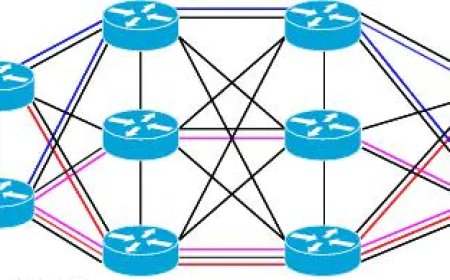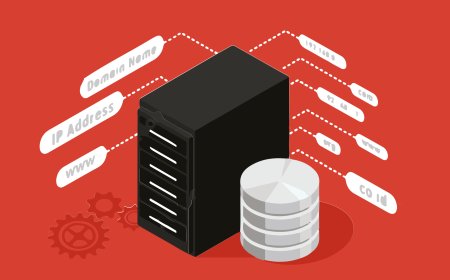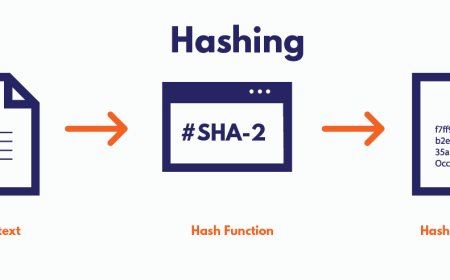Understanding and Mitigating Cyber and Network Attacks
In today’s digital landscape, various network and cyber-attacks pose significant threats to both individuals and organizations. This article delves into different types of attacks and explores effective strategies to prevent and mitigate these threats.

Types of Network and Cyber Attacks
Denial of Service (DoS) Attacks
DoS attacks aim to make a system or network resource unavailable to its intended users. Types of DoS attacks include:
- Vulnerability DoS Attacks: Exploit system vulnerabilities to crash it.
- Bandwidth Flooding DoS Attacks: Overwhelm the system with excessive traffic.
- Connection Flooding DoS Attacks: Fill system queues with incomplete connection requests.
An advanced form of DoS, known as Distributed Denial of Service (DDoS), involves multiple systems attacking a single target, making it harder to trace the source.
TCP SYN Flood Attack
This attack overwhelms a target by sending numerous connection requests and not completing the handshake process, leading to resource exhaustion. Mitigation includes using firewalls to filter SYN packets, increasing queue sizes, and decreasing timeout values.
Ping of Death
Involves sending malformed ping packets that exceed the maximum size, causing buffer overflows and system crashes. Protection can be achieved by filtering fragmented packets through a firewall.
Teardrop Attack
Exploits TCP/IP fragmentation to send malformed packets that the target system cannot reassemble, causing crashes. Using updated systems and patches can mitigate this risk.
Smurf Attack
Sends ICMP Echo requests to a network's broadcast address with a spoofed source IP, causing all devices to respond and overwhelm the target. Firewalls can block ICMP traffic to prevent this.
Man-in-the-Middle (MitM) Attacks
MitM attacks involve an attacker intercepting communication between two parties without their knowledge. Types include:
- Session Hijacking: Intercepts and takes over an active session.
- Replay Attacks: Re-transmits captured data to trick the recipient.
- IP Spoofing: Sends packets with a forged source IP address.
- ARP Spoofing: Associates the attacker's MAC address with the IP address of another device.
- DNS Spoofing: Alters DNS records to redirect traffic to malicious sites.
- HTTPS Spoofing: Tricks browsers into accepting insecure websites as secure.
Mitigation strategies include using encryption, secure protocols, and network monitoring tools to detect and prevent unauthorized access.
Password Attacks
Attackers use various techniques to obtain passwords, such as:
- Brute Force Attacks: Attempting numerous password combinations until the correct one is found.
- Phishing: Deceiving users into revealing their passwords through fake websites or emails.
Preventive measures include using strong, complex passwords, multi-factor authentication, and educating users about phishing scams.
Malware Attacks
Malware encompasses various malicious software types, including:
- Viruses: Attach to clean files and spread through systems.
- Worms: Self-replicate and spread without user intervention.
- Trojan Horses: Disguise as legitimate software to gain unauthorized access.
- Adware: Display unwanted ads, often leading to malicious sites.
- Spyware: Secretly monitors user activity and steals information.
To protect against malware, use reliable antivirus software, keep systems updated, and avoid downloading software from untrusted sources.
Reconnaissance Attacks
These attacks involve gathering information about a target to find vulnerabilities. Common techniques include:
- Packet Sniffing: Capturing and analyzing network traffic.
- Port Scanning: Identifying open ports and services on a network.
- Phishing: Collecting sensitive information through deceptive means.
- Social Engineering: Manipulating individuals to disclose confidential information.
- Dumpster Diving: Retrieving discarded documents containing sensitive data.
Mitigation involves using encryption, secure network configurations, and employee training to recognize and avoid social engineering tactics.
Other Attacks
Additional cyber threats include:
- Unauthorized Access: Gaining access to systems without permission.
- WareZ: Illegally distributing pirated software.
- Rerouting: Redirecting network traffic to unauthorized destinations.
Effective mitigation requires robust access controls, network monitoring, and strict enforcement of security policies.
Conclusion
Understanding the various types of network and cyber attacks and implementing comprehensive mitigation strategies is crucial for protecting digital assets. Regularly updating systems, using advanced security tools, and educating users about potential threats can significantly reduce the risk of cyber incidents.
What's Your Reaction?

























